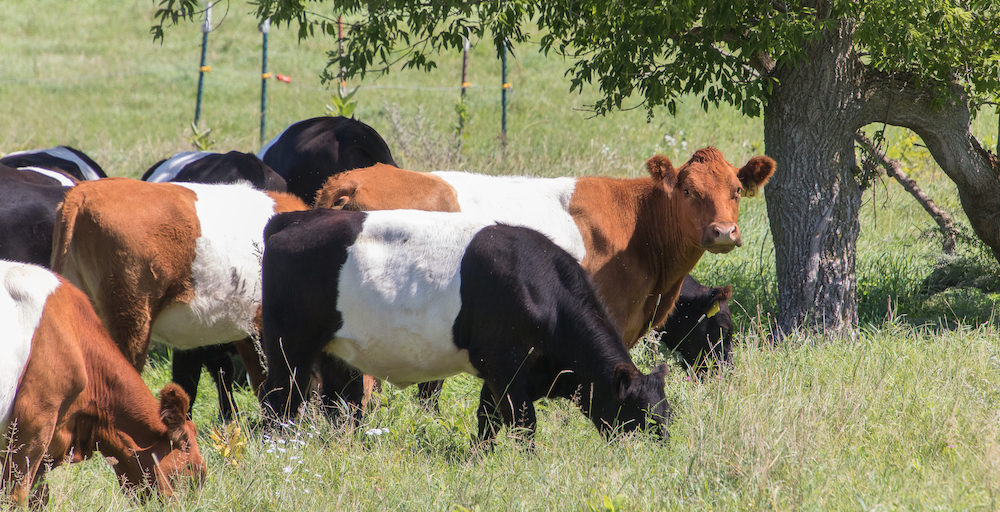I’ve been baking bread a long time, and I’ll admit it – I love the equipment and gadgets that come with artisan baking. Thing is, those extras can add up to some serious change. Can you bake great French sourdough without a $35 willow banneton, a $15 lame, or pricy organic rice flour for dusting a linen couche? Can you get a high, lofty loaf without the aid of a steam-capturing dutch oven. And what about those large plastic buckets used for the first (bulk) fermentation? Nobody gives those away.

Lovely crispy crust
I didn’t have any of these things when I first started baking bread. Now, I’ve got all of them. I was brought up short recently when one of my baking students said she was “disenchanted by the expensive extras” needed to produce the deep brown crust and open crumb of French sourdough.
And so, this challenge to myself: to share lower-cost alternatives.
Here we go!

Options for the first rise aka bulk fermentation
–
The first rise (bulk fermentation). I use plastic buckets, and if you’ve got one, great. If not, use whatever you have on hand that’s big enough to contain your dough as it rises, and that’ll let you see its progress. Any large bowl or metal pot will do. Caution: make sure whatever you use is food grade. Don’t use a container that once held toxic substances.
–
To keep dough surface moist. You want to make sure the dough’s surface stays moist and pliable. I use elasticized plastic caps purchased at my local grocery store. I like them because they’re sturdy enough to reuse 4-6 months. That said, you don’t need them. Use plastic wrap. Re-use the food-grade plastic bags your veggies/fruits came in. Be sure to lightly oil the surface facing the dough so that it won’t stick to it.

Bannetons and towel-lined colander
–
For the second rise. I just love willow and wicker baskets for raising the shaped loaf. (They’re called bannetons or brotforms.) But are they required? No. Instead, line a colander or bowl with a really well-floured towel (sack or other close-weave, not terry). Don’t have an extra towel? A clean old cotton shirt or sheet will work. Cut it to a generous size, and flour it like crazy.

Knife, commercial lame, and a DIY version
–
Scoring your loaf. We score, or slash, a loaf so that the crusts rises without tearing the loaf. Lots of bakers use this step to cut a signature design into each loaf. A lame is the professional baker’s choice, but you don’t need to spend big bucks.
This short video demonstrates how you can assemble your own in about 10 seconds.
I’ve also gotten good results with sharp knives, especially those with very small serrations. The objective is to create clean slashes; you don’t want to drag your knife or razor through the dough. Have fun!
–
Parchment paper. You need some way to get your risen loaf from the form (banneton or towel-lined colandar/bowl) to your hot oven. Some people sprinkle coarse cornmeal on a peel or cooking sheet. I don’t because any cornmeal sticking to the loaf burns during the bake, and I don’t like the char taste. Parchment paper is a “must have” for me.

Metal peel, a curl of parchment paper and some old sack towels
–
A peel. – I use a metal peel to transfer my scored loaf into the oven. I used to use a wooden one but found it a bit clumsy. A cookie sheet works.
–Baking. Baking bread in a dutch oven has become wildly popular because the enclosure captures steam rising from the bread during the first 20 minutes, an environment that encourages fast expansion, and thereby, a loftier loaf. It’s a home-baker’s way of approximating the steam-injected space in professional ovens. Does it work? Yes. Is it required? No.
(If you do decide a dutch oven’s the way to go, however, use whatever’s in you kitchen now. Or hunt down an inexpensive buy at your local thrift store or garage sale.)
-

-
Old cast iron skillet, griddle and beat-up cookie sheet
-

-
Cast iron dutch oven, clay clouche, pizza stone and cast iron griddle
-

-
French sourdough
This non-dutch oven alternative has two components: the surface you’ll bake on, and a way to add steam to the hot oven.
1) Before you turn on your oven:
Place an old, beat up cake or pie tin on the oven floor. You’ll use this tin to add steam to the oven. This will corrode the tin, so consider it for this use only.
Place a pizza stone, old cast iron griddle (smooth side up) or cookie sheet in the oven.
2) Pre-heat your oven to 500 degrees F.
3) Put your peel (or an extra cookie sheet) on a flat surface. Cut a sheet of parchment paper larger than your risen loaf. Place the parchment over the dough while it’s still resting in your form. Invert your risen loaf,, with the parchment, onto the peel.
4) score the loaf and spray with water
5) Open the oven door and pour 1/2 c of water into the pan sitting on the oven floor. BE CAREFUL of the very hot steam.
6) Spritz the oven walls with water, quickly.
7) Slide your love(s) onto the pizza stone, griddle or cookie sheet.
8) Close the oven door. Wait 30 seconds, then spritz the oven walls again. BE CAREFUL not to drip water on the glass of your oven door or to spray water on oven bulbs.
9) Bake as directed.
Interested in baking sourdough? Drop me a line, sylvia@bullbrookkeep.com. I hold hands-on classes for small groups of 4-6.
Sylvia
Like this:
Like Loading...














